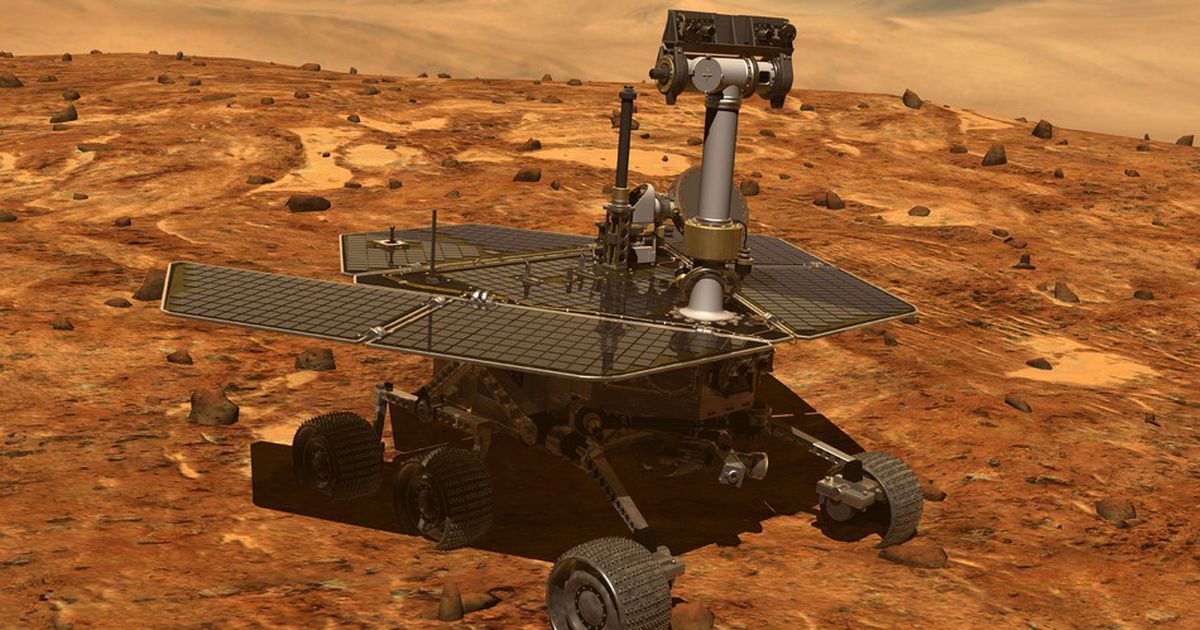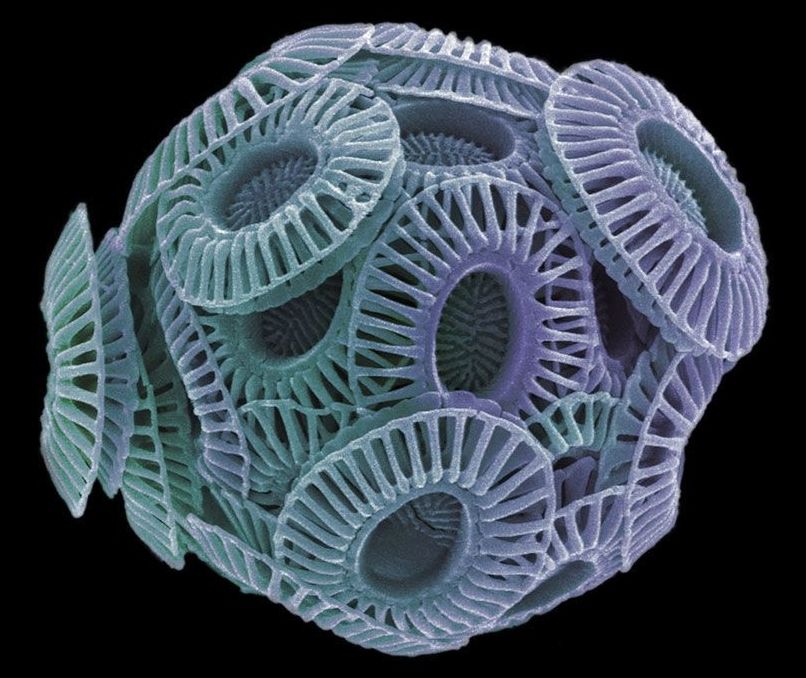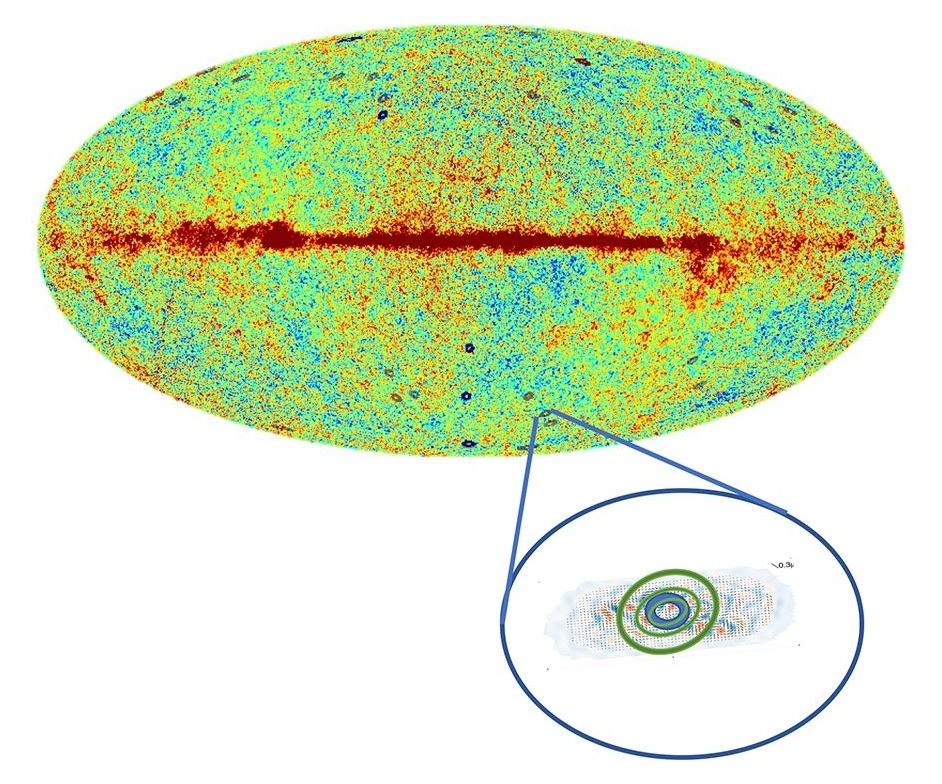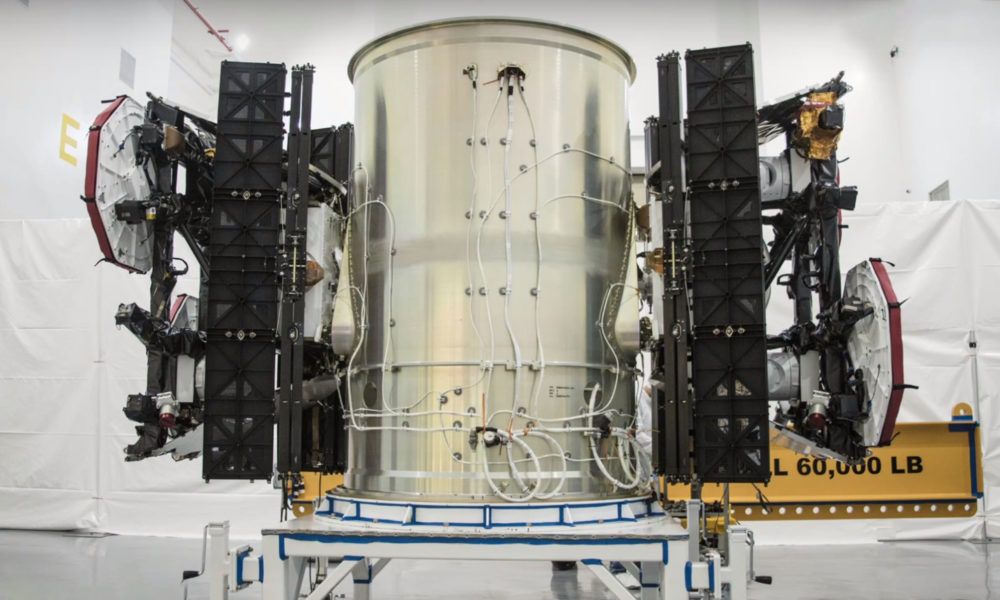Page 9511
Aug 15, 2018
This alga may be seeding the world’s skies with clouds
Posted by Genevieve Klien in category: biological
Aug 15, 2018
This one particle could solve five mega-mysteries of physics
Posted by Genevieve Klien in categories: cosmology, particle physics
Forget the Higgs: theorists have uncovered a missing link that explains dark matter, what happened in the big bang and more. Now they’re racing to find it.
By Michael Brooks
911? It’s an emergency. The most important particle in the universe is missing. Florian Goertz knows this isn’t a case for the police, but he is still waiting impatiently for a response. This 911 isn’t a phone number, but a building on the northern edge of the world’s biggest particle accelerator.
Continue reading “This one particle could solve five mega-mysteries of physics” »
Aug 15, 2018
Researchers suggest phonons may have mass and perhaps negative gravity
Posted by Genevieve Klien in categories: mathematics, particle physics
A trio of physicists with Columbia University is making waves with a new theory about phonons—they suggest they might have negative mass, and because of that, have negative gravity. Angelo Esposito, Rafael Krichevsky and Alberto Nicolis have written a paper to support their theory, including the math, and have uploaded it to the xrXiv preprint server.
Most theories depict sound waves as more of a collective event than as physical things. They are seen as the movement of molecules bumping against each other like balls on a pool table—the energy of one ball knocking the next, and so on—any motion in one direction is offset by motion in the opposite direction. In such a model, sound has no mass, and thus cannot be impacted by gravity. But there may be more to the story. In their paper, the researchers suggest that the current theory does not fully explain everything that has been observed.
In recent years, physicists have come up with a word to describe the behavior of sound waves at a very small scale—the phonon. It describes the way sound vibrations cause complicated interactions with molecules, which allows the sound to propagate. The term has been useful because it allows for applying principles to sound that have previously been applied to actual particles. But no one has suggested that they actually are particles, which means they should not have mass. In this new effort, the researchers suggest the phonon could have negative mass, and because of that, could also have negative gravity.
Aug 15, 2018
Can’t get out of bed? NASA picked the perfect songs to wake up its Mars rover
Posted by Genevieve Klien in categories: energy, space

NASA engineers have crafted a themed playlist to greet their sleeping Opportunity rover on Mars, which lost power in a Martian dust storm in June.
Aug 15, 2018
India to launch its first manned space mission by 2022
Posted by Genevieve Klien in category: space
Aug 15, 2018
Weird circles in the sky may be signs of a universe before ours
Posted by Genevieve Klien in categories: cosmology, existential risks, mathematics
By Chelsea Whyte
Swirling patterns in the sky may be signs of black holes that survived the destruction of a universe before the big bang.
“What we claim we’re seeing is the final remnant after a black hole has evaporated away in the previous aeon,” says Roger Penrose, a mathematical physicist at the University of Oxford.
Continue reading “Weird circles in the sky may be signs of a universe before ours” »
Aug 15, 2018
SpaceX seeks approval for Starlink internet tests on high-performance govt. planes
Posted by Klaus Baldauf in categories: internet, military, satellites
According to updated regulatory documents and recent Aviation Week interviews with the US Air Force Research Laboratory, it can be all but guaranteed that the USAF has begun working with SpaceX to test the feasibility of using the company’s planned Starlink satellite internet constellation for military communications purposes.
In early August, SpaceX updated regulatory documents required by the Federal Communications Commission (FCC) for the company to be permitted to experimental test its two prototype Starlink internet satellites, named Tintin A and B. Launched roughly six months ago as a copassenger on one of SpaceX’s own Falcon 9 rockets, the satellite duo has been quietly performing a broad range of tests on orbit, particularly focused on general satellite operations, orbital maneuvering with SpaceX’s own custom-built electric propulsion, and – most importantly – the experimental satellites’ cutting-edge communications capabilities.
The orbit histories of @SpaceX’s Tintin A/B Starlink prototype satellites, launched in February! Some thoroughly intriguing differences in behavior over the six months they’ve spent on-orbit. Data and visualizations generated by the lovely http://CalSky.com. pic.twitter.com/a8CfQaZJep
Aug 15, 2018
Smart consumption management system for energy-efficient industrial companies
Posted by Bill Kemp in categories: climatology, sustainability
Energy use in industrial buildings continues to skyrocket, contributing to the negative impact on global warming and Earth’s natural resources. An EU initiative introduced a disruptive system that’s able to reduce electricity consumption in the industrial sector.
Using energy efficiently helps industry save money, conserve resources and tackle climate change. ISO 50001 supports companies in all sectors to use energy more efficiently through the development of an energy management system. It calls on the industrial sector to integrate energy management into their overall efforts for improving quality and environmental management. Companies can perform several actions to successfully implement this new international standard, including creating policies for more efficient energy use, identifying significant areas of energy consumption and targeting reductions.
Aug 15, 2018
Liquid battery could lead to flexible energy storage
Posted by Bill Kemp in categories: energy, nanotechnology, sustainability, transportation
A new type of energy storage system could revolutionise energy storage and drop the charging time of electric cars from hours to seconds.
In a new paper published today in the journal Nature Chemistry, chemists from the University of Glasgow discuss how they developed a flow battery system using a nano-molecule that can store electric power or hydrogen gas giving a new type of hybrid energy storage system that can be used as a flow battery or for hydrogen storage.
Their ‘hybrid-electric-hydrogen’ flow battery, based upon the design of a nanoscale battery molecule can store energy, releasing the power on demand as electric power or hydrogen gas that can be used a fuel. When a concentrated liquid containing the nano-molecules is made, the amount of energy it can store increases by almost 10 times. The energy can be released as either electricity or hydrogen gas meaning that the system could be used flexibly in situations that might need either a fuel or electric power.
Continue reading “Liquid battery could lead to flexible energy storage” »
















